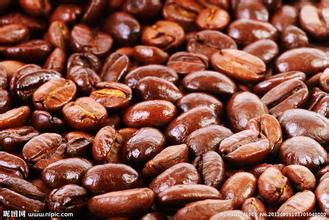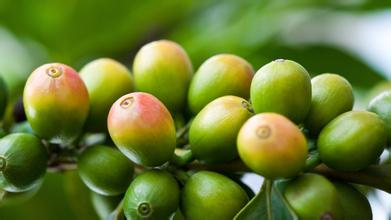Coffee altitude and acidity-Coffee altitude
The relationship between coffee altitude and acidity-the relationship between coffee and altitude
To put it simply, the higher the altitude at which coffee beans grow, the better they taste. Coffee beans grown at high elevations have pleasant acidity, rich aroma and rich taste, which everyone likes; on the contrary, coffee grown at low elevations has almost no sour taste, single taste and plain taste. That's why baristas always emphasize altitude. If your barista tells you that your coffee grows on a plateau 5200 meters above sea level, then this cup of coffee is definitely worth savoring.
Although altitude is only one of the many factors to measure the quality of coffee, it is definitely the most important one. The next time you go to the coffee shop, please ask the barista to tell you the origin of the coffee in the cup, which will not only enrich your coffee knowledge, but also improve your overall coffee experience!
Altitude will directly affect the appearance of coffee beans. When you take a closer look at raw coffee beans, you will find that the size and density of each kind of coffee are different. Are the coffee beans in your hand small and dense? Is the gap in the middle of the bean tightly closed or open? Is the gap straight or curved? Is the color of coffee beans close to jade, light green or blue? The shape characteristics of the bean body can directly reflect the growth altitude of coffee beans.
The best quality coffee beans are usually strong and grow at an altitude of more than 4500 meters. The growth of these coffee beans is very slow, so the density of the beans is very high, and the gap in the middle of the beans should be curved. In contrast, coffee beans grown at low elevations usually have a lower density and slightly open gaps in the middle. As for the color of the bean, the growing environment of the coffee bean and the processing technology of the raw bean will affect the color of the coffee bean. If the same kind of coffee beans produced on the same plantation are treated differently, for example, one batch is washed with water and the other batch is treated with honey, then the colors of the two batches of beans will be very different. Generally speaking, the density of bean body is the most powerful basis to judge the altitude of coffee bean growth.

Important Notice :
前街咖啡 FrontStreet Coffee has moved to new addredd:
FrontStreet Coffee Address: 315,Donghua East Road,GuangZhou
Tel:020 38364473
- Prev

Flavor description of Indonesian Sulawesi Coffee introduction to the production area of Grinding scale of varieties
Indonesia Sulawesi Coffee Flavor description varieties Grinding scale production area introduction Sulawesi Island (Celebe) is a large island in eastern Indonesia. The island is peculiar in shape, extending from four peninsulas to the north, northeast, southeast and south. With more mountains and deep valleys and less plains, it is the island with the largest proportion of mountainous areas in Indonesia. Toraja on Sulawesi Island
- Next

San Douke ice blue bean roaster-roast freshly ground soy milk machine coffee roasting
San Douke ice blue roaster-roasting freshly ground soy milk machine coffee roasting strong performance many unique ambient temperature, exhaust temperature, 0.05s reaction time domestic only integrated complete electronic system small roaster temperature curve output domestic only shaftless inner pot design 16/MIN maximum temperature rise, easy to control the only domestic industrial grade scheme temperature curve output strong cooling, 2MIN cold
Related
- What brand of black coffee is the most authentic and delicious? what are the characteristics of the flavor of the authentic Rose Summer Black Coffee?
- Introduction to the principle and characteristics of the correct use of mocha pot A detailed course of mocha pot brewing coffee is described in five steps.
- Which is better, decaf or regular coffee? how is decaf made?
- How much is a bag of four cat coffee?
- How about four Cat Coffee or Nestle Coffee? why is it a cheap scam?
- Which is better, Yunnan four Cats Coffee or Nestle Coffee? How about cat coffee? is it a fake scam? why is it so cheap?
- How about Cat Coffee? what grade is a hoax? which instant coffee tastes better, four Cat Coffee, Nestle Coffee or G7 coffee?
- Process flow chart of coffee making-Starbucks coffee making process what coffee tastes good at Starbucks
- The top ten best coffee beans in the world Rose summer coffee or Tanzanian coffee tastes good
- Yunnan four cat coffee is good to drink?_four cat coffee is a big brand? four cat blue mountain coffee is fake?

